When the winter holidays are said and done, semester two comes along to have some fun. The two modules that I had lined up for the second half of the year were Applications of Genetics and Genomics & Bioinformatics.
Applications of Genetics could largely be divided into two sections, one that focused on the different kinds of PCR, sequencing and gene-editing; the other on expression studies, linkage mapping, and cloning. An ethics session was also included for good measure as well as some practical work – qPCR, from RNA extraction to quantification of cDNA. Another essay was due for this module, but this one came with a twist – it was to be a layperson’s essay. Our task was to take a paper (from a given list) and write a piece that could communicate the information to a non-scientist. All in 800 words. The paper I chose was titled “Meganuclease-assisted generation of stable transgenics in the sea anemone Nematostella vectensis”, by Eduard Renfer and Ulrich Technau, 2017. I then wrote an essay titled, “Genetically Modified Sea Anemones Allow Research Into The Evolution Of Symmetry In Complex Life” – not a catchy title, but hopefully a more understandable one… To summarise, by creating a lineage of genetically modified sea anemone, researchers were able to understand more about how bilateral symmetry (which is along one plane like in people, fish, worms, etc.) evolved from radial symmetry (like in jellyfish, starfish, flowers, etc.). I scored 85% in this one so was very pleased to see I could accurately synthesise and communicate a complex topic!
I carried out an equally niche research dive in my other module of the semester, Genomics and Bioinformatics. The bulk of the module was a group project – a group paper, specifically – on microbes from the Red Sea. Group projects can be troublesome and sometimes painful to work through, but I was very lucky to have an outstanding group to work with (shout out to “Dream Team Genomics” 😉)! The paper’s focus was on comparing two species through the use of genomics – studying the genome of an organism; comparing two Red Sea brines through metagenomics – studying the collective genomes gathered directly from an environment; and highlighting osmotic stress adaptations – how an organism deals with high salinity. We primarily used the databases and systems available through RAST and MG-RAST for analysis, drawing knowledge from the wider literature to draw context and understand both what to look for and what we were discovering. It was fascinating to piece together the biological mechanisms used by these tiny creatures. On top of that, learning more about the taxonomy of archaea and the debate over the number of domains was another interesting highlight.
Genomics and Bioinformatics featured probably the most literal take on a data retrieval exam that there is – the exam focussed on retrieving information from online genomic databases like NCBI (National Center for Biotechnology Information). I felt quite prepared for this as this kind of data retrieval work was the primary focus of the coursework from this module as well as the coursework from second year’s Molecular Genetics. In first year, I scored my lowest exam grade from a data retrieval – barely passing. In my very last exam, the Genomics and Bioinformatics data retrieval exam, I scored my highest exam grade. Not only that, but this module was my highest overall across my entire degree. Cyclic narrative AND finishing on a high!
So that’s my final year! It’s been just over a month since I graduated with a First, and a couple of months longer than that since I started my first proper job as a Research Assistant in Molecular Biology. My next post will either be about the first few months of my job or my experience completing my dissertation on large-leaved lime trees in the South Downs – we’ll see!
Feature image: RAST annotations of the Halorhabdus tiamatea genome centred on glutamine synthetase, with highly similar sequences in related organisms compared.
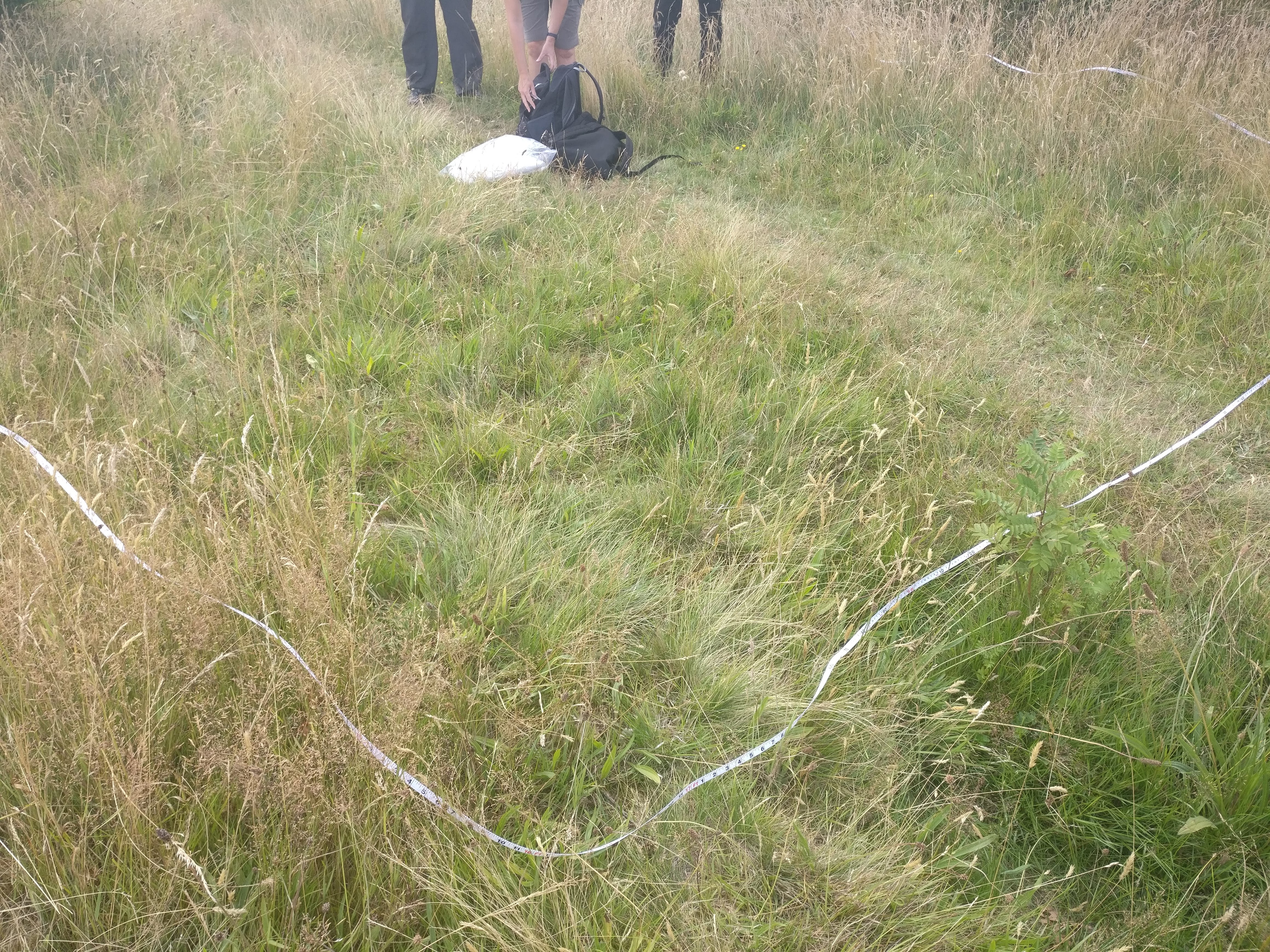



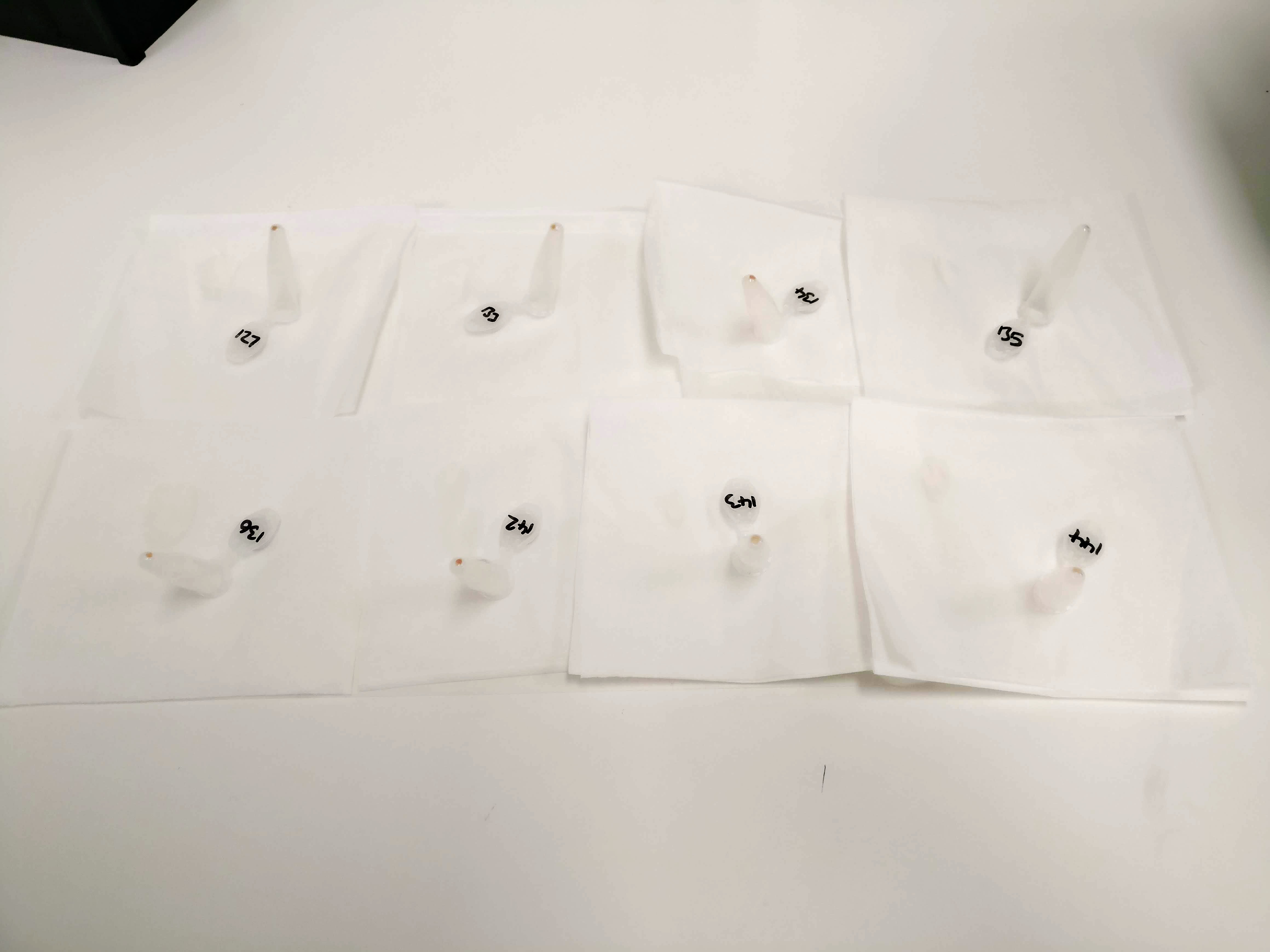
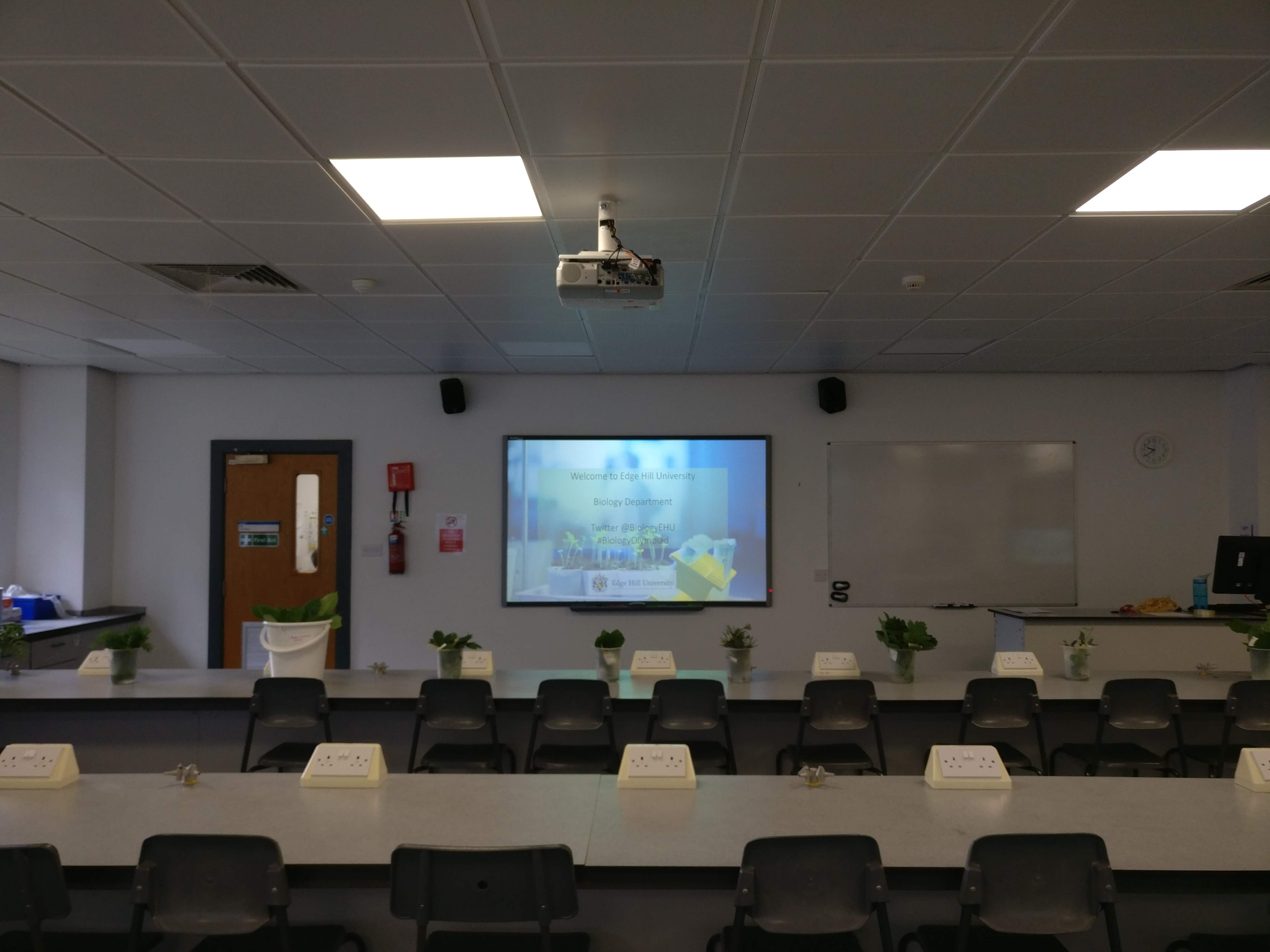





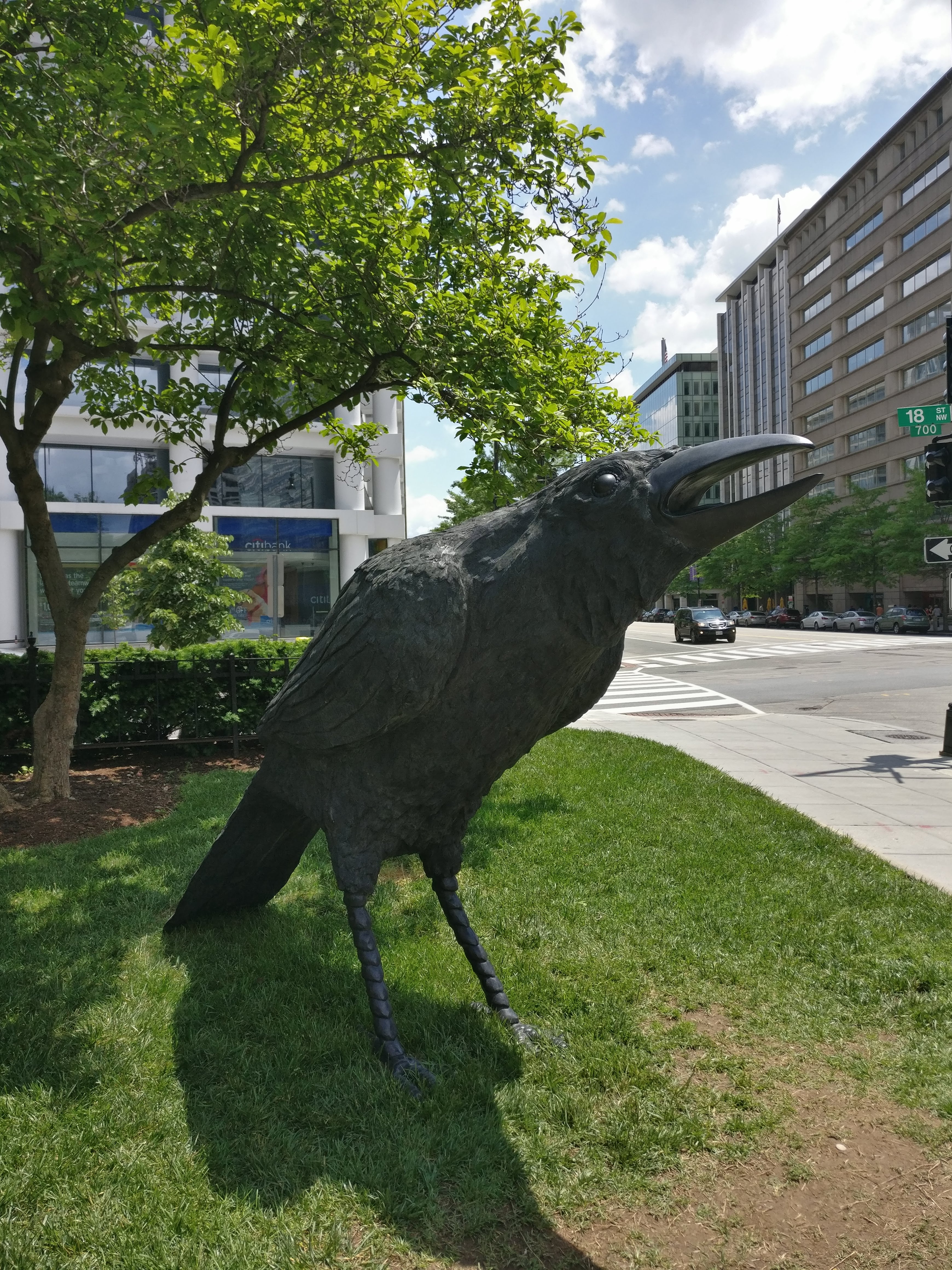


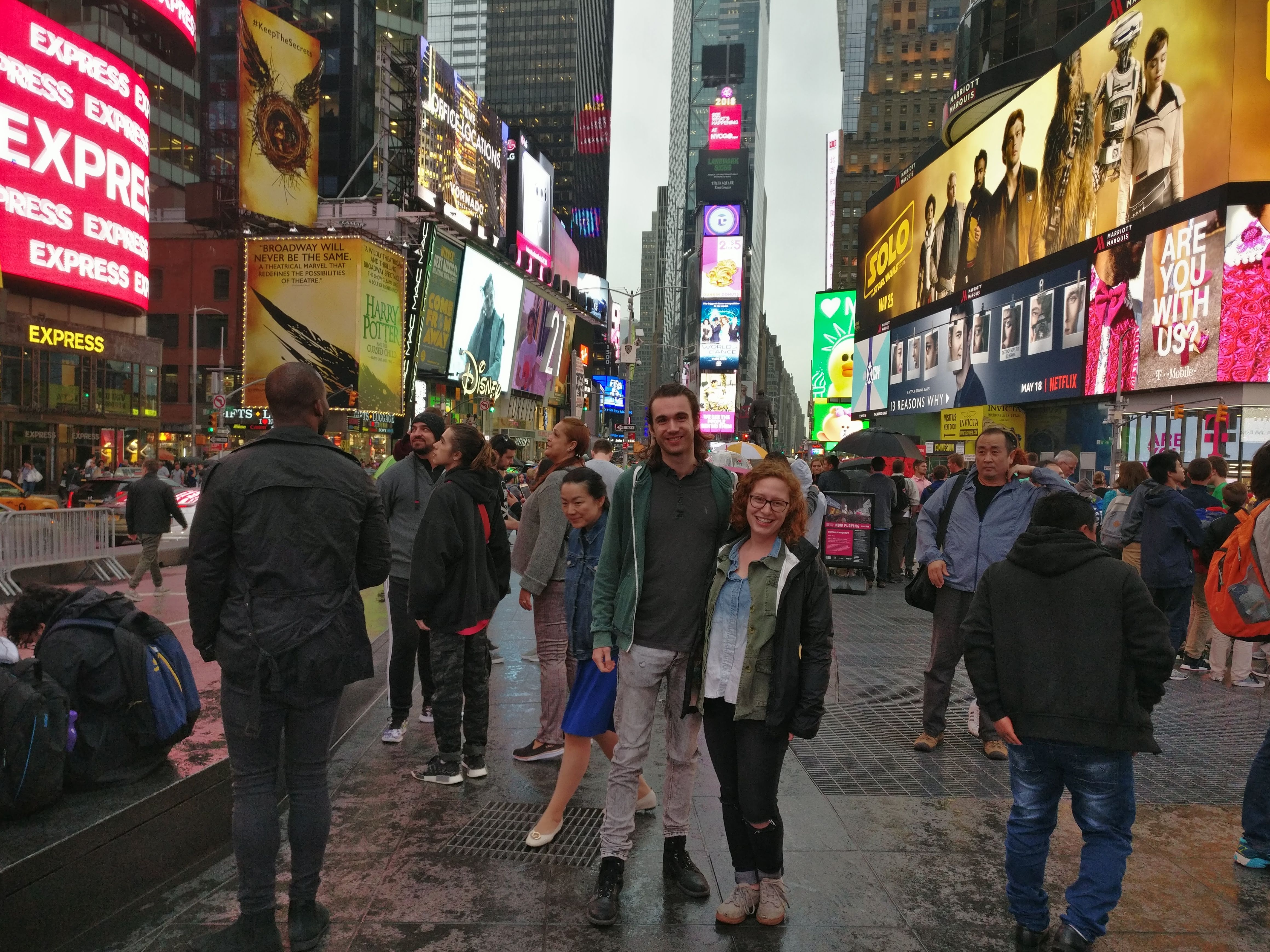
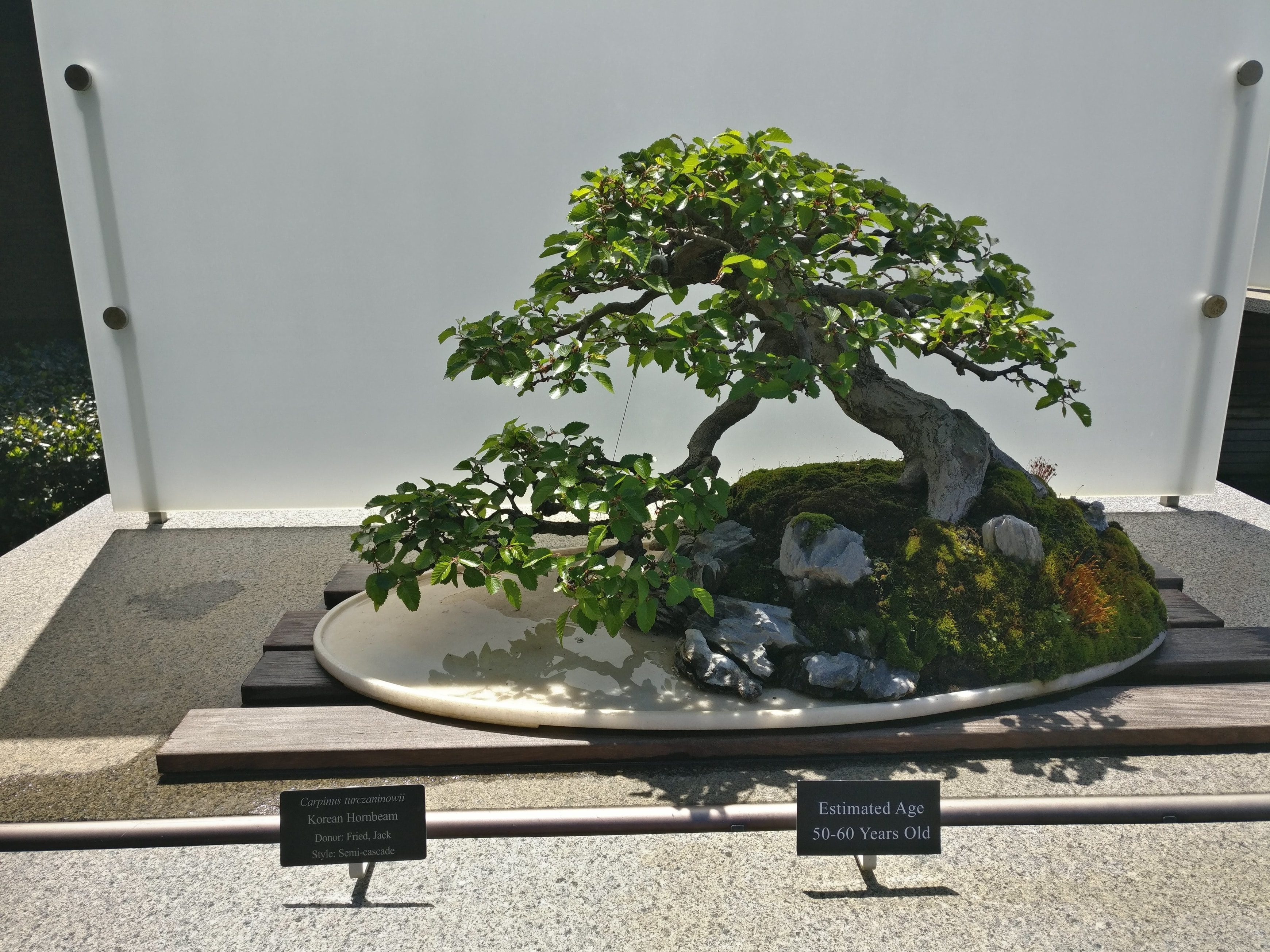 To make the most of the sunny weather in Chicago, Diana and I took a trip up to the Chicago Botanic Gardens (CBG), I was particularly interested in seeing the bonsai trees. It’s a huge garden so there was no way for us to see all of it in the time we had, plus, it was far too hot to stay for long. On another sunny day, we visited the beach and I got to play some volleyball – a sport I’ve missed playing a bunch whilst in the states.
To make the most of the sunny weather in Chicago, Diana and I took a trip up to the Chicago Botanic Gardens (CBG), I was particularly interested in seeing the bonsai trees. It’s a huge garden so there was no way for us to see all of it in the time we had, plus, it was far too hot to stay for long. On another sunny day, we visited the beach and I got to play some volleyball – a sport I’ve missed playing a bunch whilst in the states.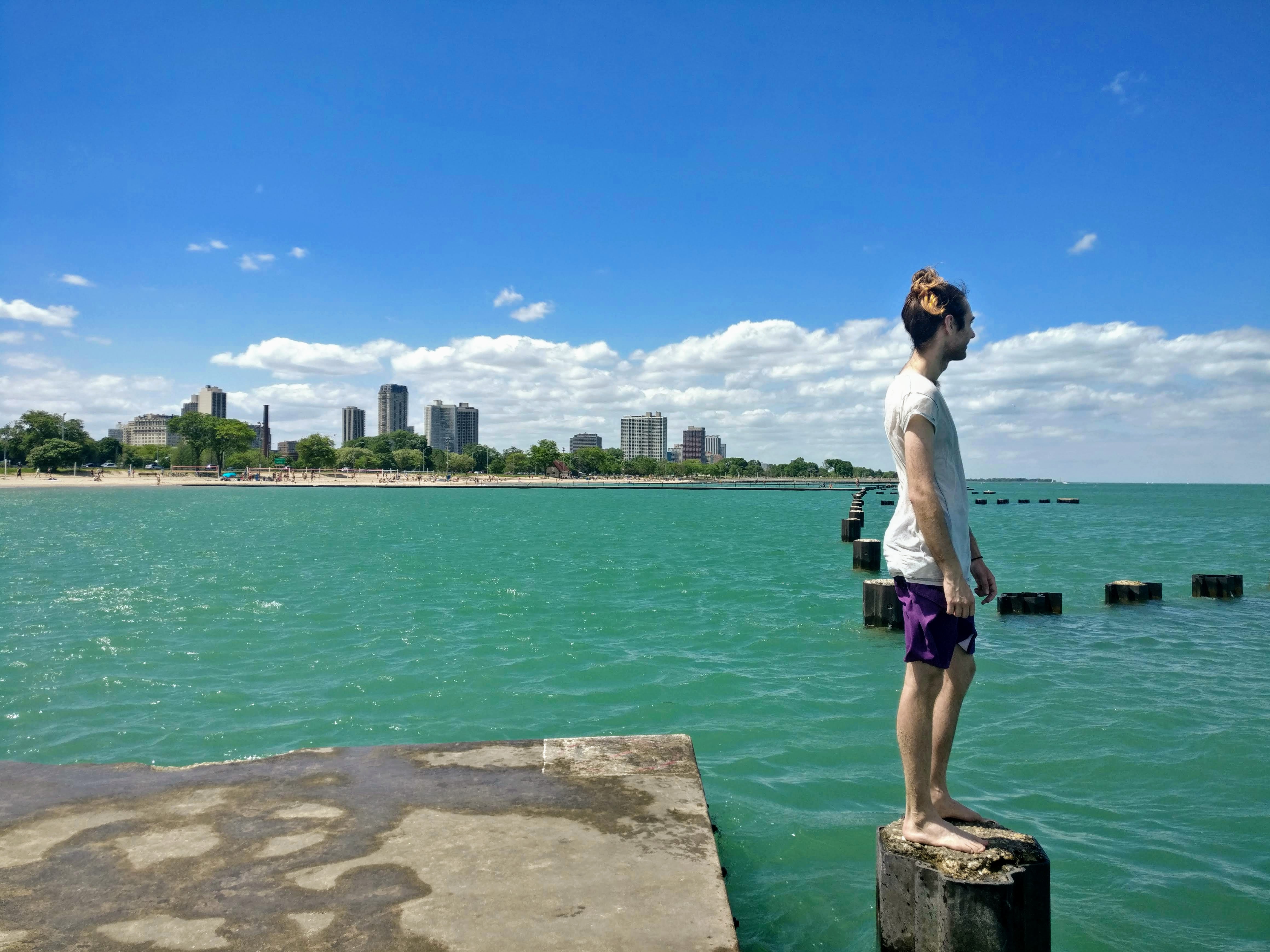
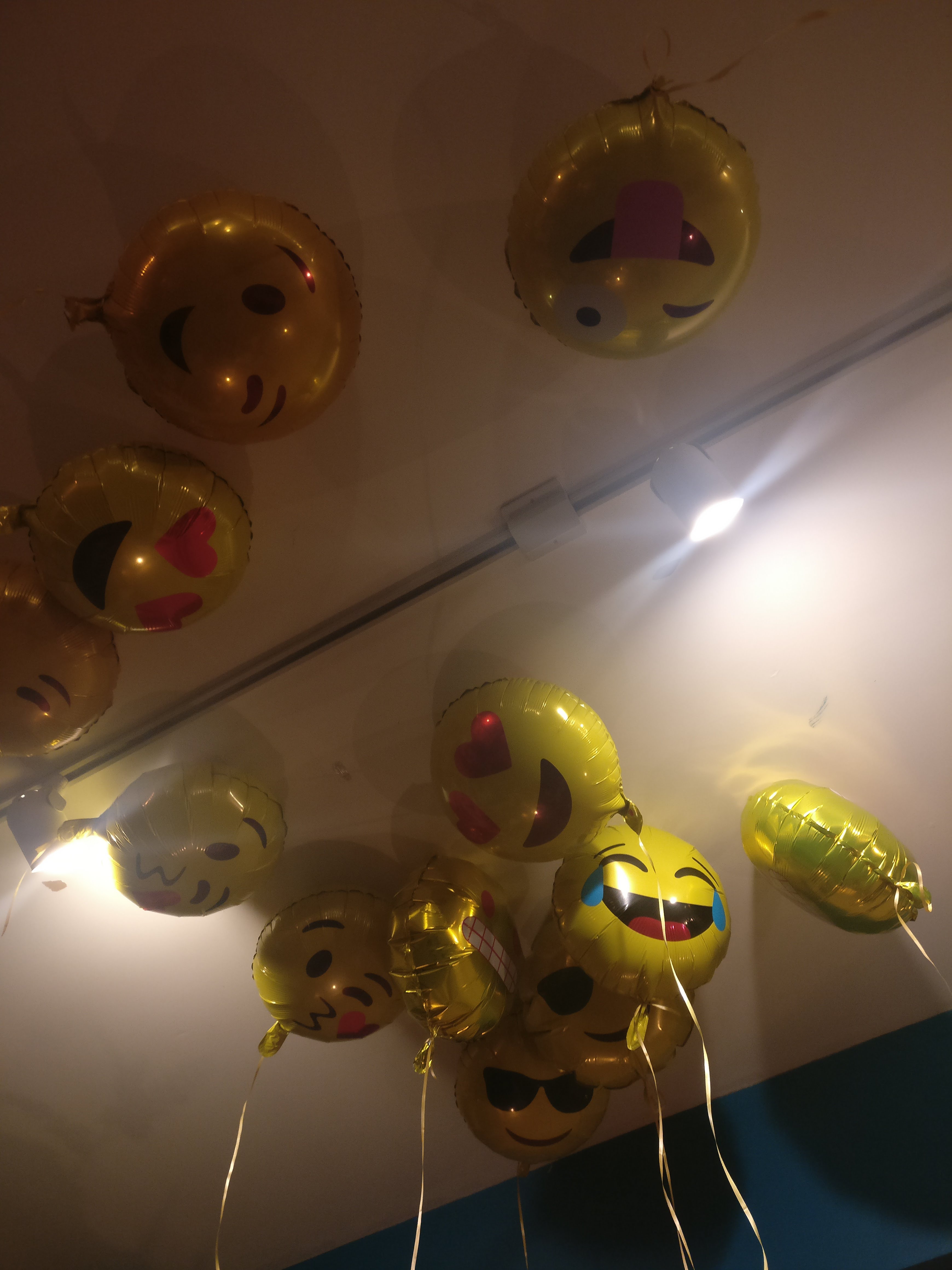
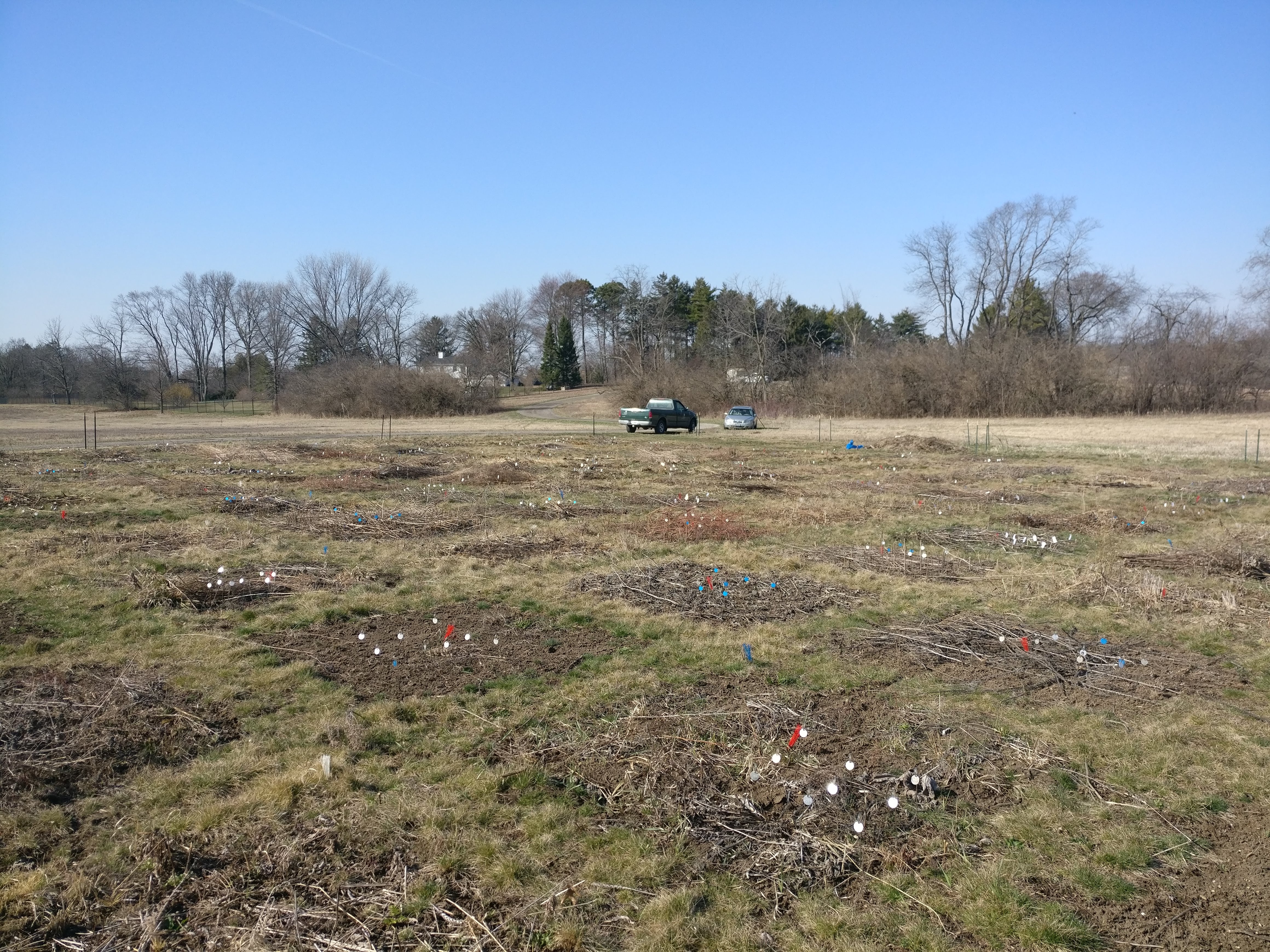



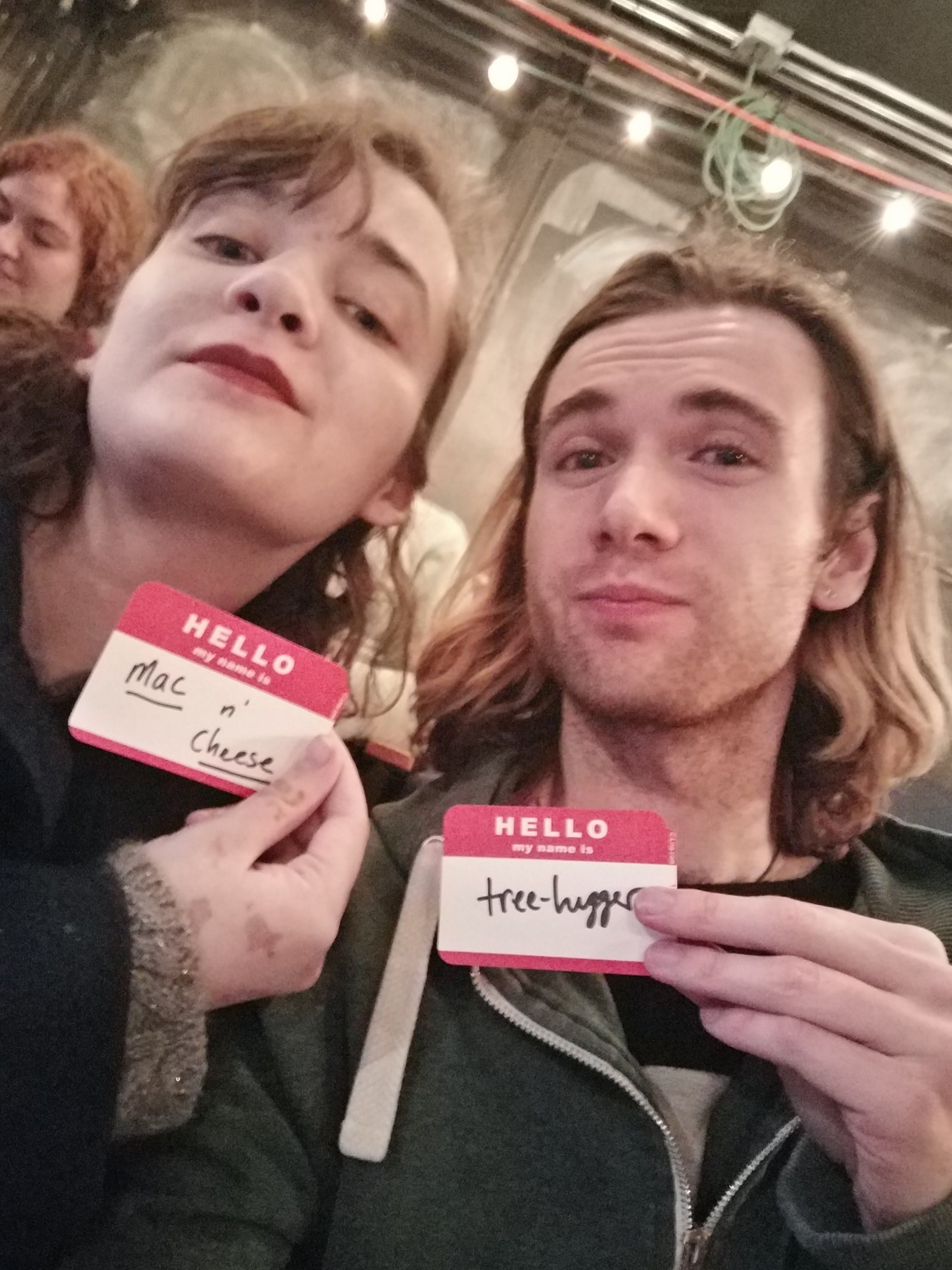



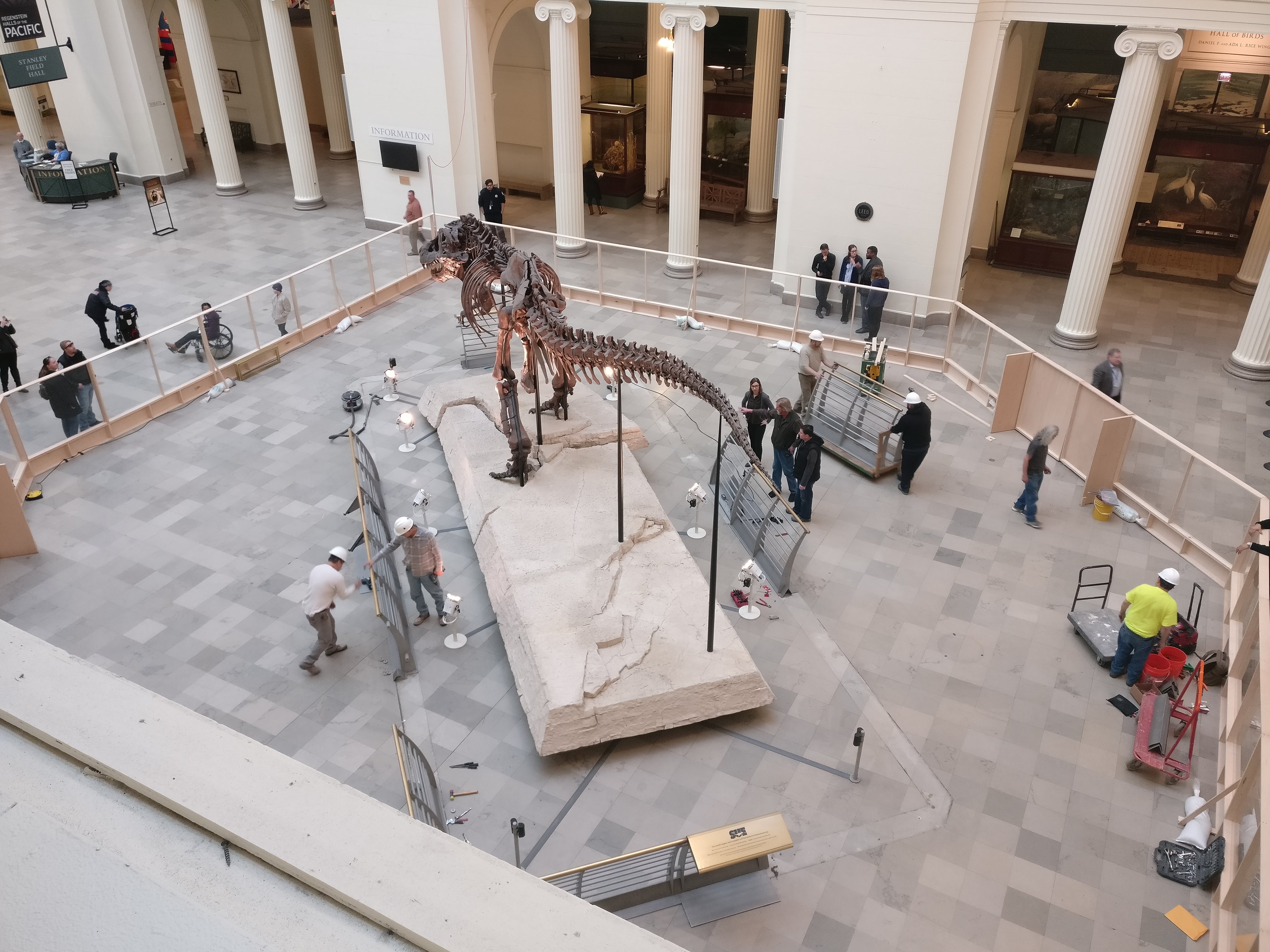
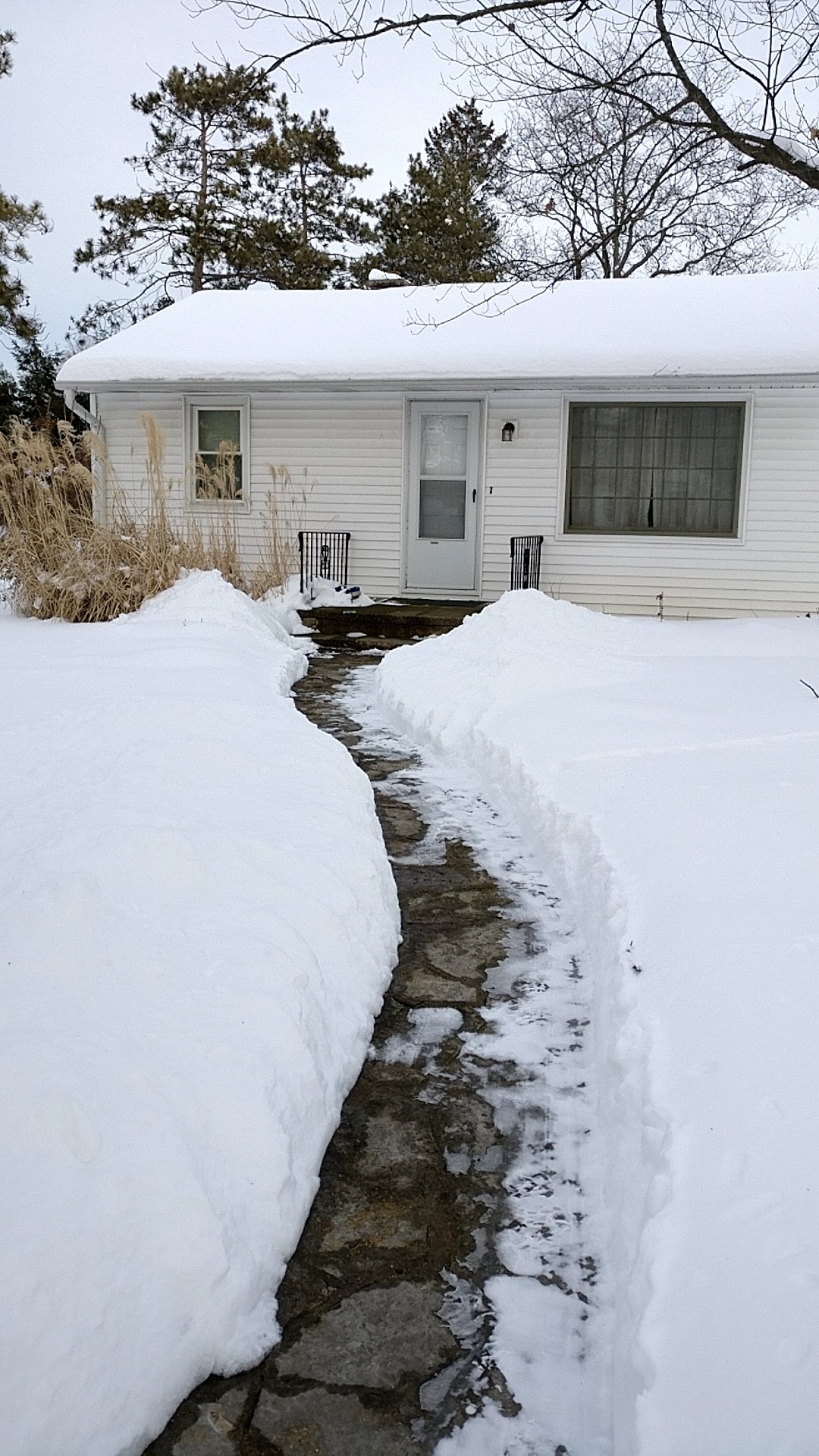


 In the strange not-quite-holiday days between Christmas and New Year’s, I made an attempt at dumping the final portion of biomass, but the plot numbers were completely disguised underneath snow and soil. Without the map, which was back at the office, it wasn’t productive. Instead, I worked that week on DNA quantification, using a Qubit fluorometer – this was a good exercise into getting back into the lab practice.
In the strange not-quite-holiday days between Christmas and New Year’s, I made an attempt at dumping the final portion of biomass, but the plot numbers were completely disguised underneath snow and soil. Without the map, which was back at the office, it wasn’t productive. Instead, I worked that week on DNA quantification, using a Qubit fluorometer – this was a good exercise into getting back into the lab practice.








